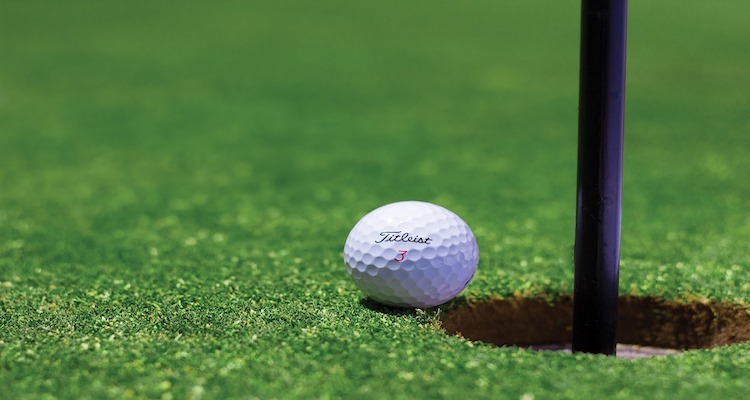
Golf, often seen as a game of precision and strategy, involves numerous elements carefully designed to enhance performance. Among these, the numbers printed on golf balls stand as subtle yet significant indicators of functionality and purpose. In this article, we delve into the reasons behind the numbers adorning golf balls, uncovering the secrets that lie within these seemingly simple digits.
The most apparent reason for numbers on golf balls is identification. With multiple players on a course simultaneously, each hitting balls of similar appearance, numbering provides a means to distinguish one player's ball from another's. This facilitates smooth gameplay, preventing confusion and ensuring fair play.
Beyond mere identification, numbers also serve as a branding and model differentiation tool. Golf ball manufacturers imprint specific numbers to distinguish between their various ball models, each designed with distinct characteristics tailored to suit different player preferences and playing conditions. For example, Titleist's Pro V1 and Pro V1x each have a unique number that helps the golfer keep track of what type of ball they are using. Whether it's for distance, spin control, or feel, the numbers denote the particular attributes associated with a specific ball model.
Interestingly, some golfers utilize the alignment of the printed numbers on their golf balls as a putting aid. When lining up a putt, the orientation of the number relative to the target line can assist in achieving a straighter roll and improved accuracy. This demonstrates how even seemingly insignificant details like the positioning of numbers can have practical applications on the green.
Behind the scenes, the numbers on golf balls play a crucial role in quality control and manufacturing processes. Each number corresponds to a specific mold used in the manufacturing process, ensuring consistency in size, shape, and performance characteristics. By meticulously tracking each ball's production details, manufacturers can uphold stringent quality standards and deliver products that meet players' expectations.
Furthermore, the numbers on golf balls serve as markers for ongoing research and development efforts within the industry. Manufacturers conduct extensive testing and analysis, often labeling prototypes with different numbers to track their performance characteristics under various conditions. This iterative process enables continuous improvement and innovation, leading to the development of more advanced and optimized golf ball designs over time.
In addition to their functional roles, the numbers on golf balls also carry a sense of tradition and heritage. Since the early days of golf, numbered balls have been a ubiquitous feature of the game, evoking a sense of nostalgia and continuity with the sport's rich history. While modern advancements have revolutionized golf ball technology, the presence of numbers serves as a nod to the game's enduring legacy.
Many famous golf players have a particular number they use on their golf balls, which can become a recognizable part of their brand and identity. For example, Tiger Woods has traditionally used the number 1 on his golf ball, while Phil Mickelson has often used the number 3. Jack Nicklaus famously used the number 1 or the number 2 on his golf balls, while Arnold Palmer was known to use the number 7. Annika Sorenstam was known for using the number 59 on her golf ball. This was a reference to her record-breaking round of 59 that she shot in competition in 2001. However, it's worth noting that some players may change their number from time to time, or may not use a particular number at all.
Some golf players may use the same number on their golf ball for superstitious reasons. This can help them by providing a sense of familiarity and consistency that can help them feel more comfortable and confident on the course. For some players, using a specific number on their golf ball can become a routine or habit that they associate with success or good luck. By sticking to this routine and using the same number consistently, they may feel that they are able to perform at their best and achieve better results.
In conclusion, the numbers on golf balls serve multiple purposes beyond mere identification. From branding and model differentiation to alignment aids and quality control, these seemingly simple digits play a crucial role in enhancing gameplay, ensuring consistency, and driving innovation within the golf industry. Whether you're a seasoned pro or a casual enthusiast, understanding the significance of these numbers adds a new dimension to your appreciation of the game. So, the next time you tee up your ball, take a moment to consider the hidden meaning behind those numbers, and let them guide you on your journey across the fairways and greens.
If you would like to find out more about golf including how much a golf ball weighs, how a golf ball is made, and how many dimples there are on a golf ball then visit our sport performance blog.
